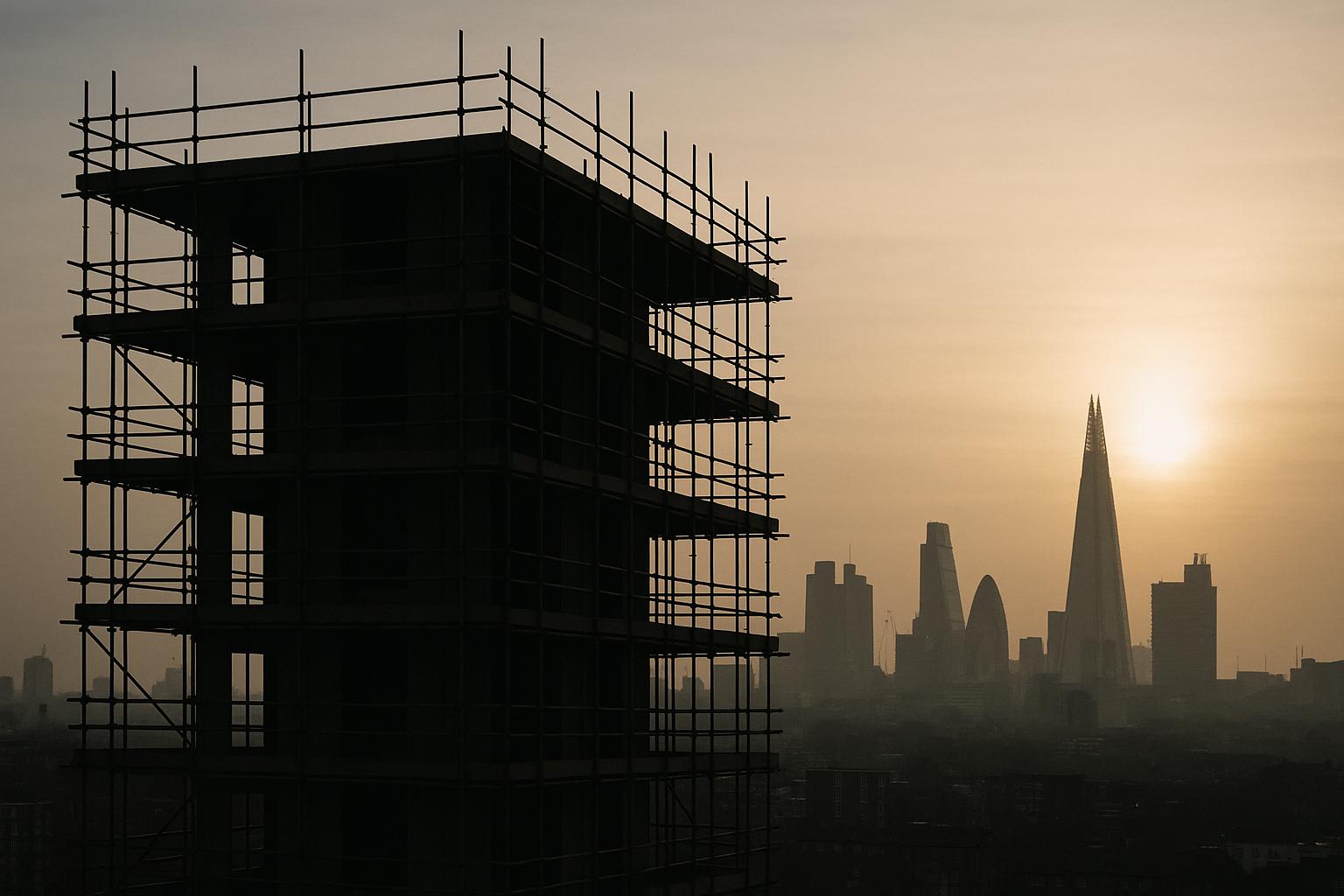London’s affordable housing crisis has prompted a decisive shift in government policy, with the proportion of affordable homes required in new developments for fast-track planning schemes cut from 35% to 20%. This emergency measure, announced by Housing Secretary Steve Reed, aims to tackle an acute slowdown in housebuilding across the capital, which is being described as a “perfect storm” driven by soaring construction costs, high interest rates, the residual impacts of the COVID-19 pandemic, regulatory barriers, and broader economic instability.
The ramifications of this downturn are stark: over a third of London boroughs reported no new housebuilding starts in the first quarter of the year, while total affordable home starts reached just 3,991 in 2024/25—the second-lowest figure on record. London Mayor Sir Sadiq Khan, who had previously raised the affordable housing threshold to 35%, has been under significant pressure from the Labour Government to accelerate housing delivery and meet the manifesto commitment of building 1.5 million homes nationwide by 2029. In response, the Mayor has been granted new powers to expedite the planning process, including the ability to call in schemes of 50 homes or more that local authorities intend to refuse and to make decisions on large developments on green belt land.
The government’s intervention package goes beyond lowering the affordable housing quota; it also includes the removal of restrictive design guidance that limits development density and offers temporary relief from development levies for projects ready to commence swiftly. The initial funding injection of £322 million underscores the urgency of delivering more affordable housing amid economic headwinds.
However, these temporary measures are not without controversy. Critics warn that reducing the affordable housing requirement risks further diminishing the availability of social homes in a city already grappling with one of the worst housing shortages in decades. Industry data has revealed that some developers, contending with rising costs and financial pressures, have already been cutting affordable units from schemes, sometimes as low as 9%, exacerbating the scarcity. The government and City Hall assert that the lowered target is a pragmatic response to current market conditions and is intended as a short-term fix, with an expectation that targets will be reviewed and potentially raised again ahead of the next mayoral elections in 2028.
Sir Sadiq Khan emphasised his personal commitment to addressing the crisis, recalling his upbringing in a council house and the importance of affordable homes to Londoners. While acknowledging that prior to the pandemic, London had seen more new home completions than at any time since the 1930s, he called the current measures “bold” and necessary to kickstart stalled construction.
This policy shift reflects the government's balancing act of urgently increasing housing supply while navigating complex financial and regulatory headwinds. The coming months will be critical in determining whether these measures manage to reverse the construction downturn and begin to deliver the affordable homes so desperately needed across London.
📌 Reference Map:
- Paragraph 1 – [1] (MyLondon), [2] (ITV News), [5] (Sky News)
- Paragraph 2 – [1] (MyLondon), [4] (Evening Standard), [6] (Evening Standard)
- Paragraph 3 – [1] (MyLondon), [3] (Evening Standard), [5] (Sky News)
- Paragraph 4 – [1] (MyLondon), [5] (Sky News), [7] (Financial Reporter)
- Paragraph 5 – [1] (MyLondon), [6] (Evening Standard), [3] (Evening Standard)
- Paragraph 6 – [1] (MyLondon), [3] (Evening Standard), [5] (Sky News)
Source: Noah Wire Services
